Welcome to part 7 of a series where I'll be posting some observations and experiences about the various plant species from our forest gardens and regenerative landscapes, as well as interesting plants and polycultures from around the world.
During this post we’ll look at plants from different layers of our forest garden, some simple features that can boost wildlife in your regenerative landscape and present a polyculture we are growing in our gardens, as well as general suggestions about how to design, build and manage forest gardens and regenerative landscapes.
Forest Garden Plants
Canopy Layer - Alnus cordata - Italian Alder is one of our favorite support plants in the forest garden. The plant can fix nitrogen, has good biomass potential with rapid growth and regrowth following pruning, is tolerant of poor soils and unlike other species in Alnus genus is drought tolerant. Furthermore the plant will grow well in exposed sites making it a great option for windbreak and shelterbelts.
We use the plants as free standing specimens within the forest garden , some we leave to grow to maturity others we coppice/pollard or keep trimmed.
Alnus cordata is particularly suitable for integrating within the forest garden due to the conical shape of the tree and if you lift the lower branches you can easily fit shrubs and herbs under the canopy. The below tree was grown from seed 9 years ago and is approx. 10m high and 4m wide.
Unusual for deciduous trees, all plants in the Alnus genus produce cone like fruits called strobiles. These ripen in Autumn and eventually open to disperse the seeds. We’ve found the best way to harvest the seed is to collect the cones in late Autumn when they are still green and just starting to open. Leave them on a tray to dry and open for a week and then place them in a container and shake vigorously. The seeds will separate along with a fine yellow powder, be cautious with the yellow powder as it is extremely irritating if it comes into contact with your eyes.
The leaves of this tree persist on the branches for an extended period compared to most deciduous trees. Emerging in April, they maintain their green hue until December in our gardens. When the leaves have dropped the catkins are revealed, these male flowers will open in late winter and disperse pollen, offering an early source of fodder for beneficial insects.
I have seen the plants used often as street trees in South London, UK and being tolerant of air pollution they are a good choice where air quality may be a concern.
You can find the full Alnus cordata plant profile here
Shrub Layer - Sambucus ebulus - Dwarf Elder can be found in a wide range of habitats, including woodland edges, hedgerows, and disturbed areas. The below photo is of a patch growing at 1441m elevation on the alpine peaks around the Buzludzha Monument, Bulgaria.
Horses graze these peaks during the summer months when the grass is dry in the valley below but they seem to find these plants unpalatable. I've seen large swathes of this plant untouched among cattle/sheep and goat pastures in Azerbaijan so evidently it is not on the menu for the majority of herbivores
The plant produces beautiful clusters of small, delicate, white flowers in the spring that later develop into small, shiny black berries that have a long history of traditional medicine to treat conditions like rheumatism, colds, and fevers. However, it is important to note that the plant contains toxic compounds and should not be consumed without proper preparation and knowledge.
Once established the plant can make a great ground cover for dry and poor soils and will produce good quantities of biomass if provided with irrigation. The berries are also an important food source for various wildlife, such as birds and insects
Plant profile here.
Ground Layer - Hosta seiboldiana - Siebold's plantain lily is a beautiful clumping perennial with edible leaves and attractive white flowers that attract bumblebees and bloom from July along with young leaves and leaf stems can be cooked and eaten.
The plants will grow in sunny areas of the garden but thrive in partially shaded areas and can tolerate full shade conditions making them excellent ground cover under a dense canopy. We have found them to be a great option for shady corners and produce a great cover when planted underneath currants or other fruiting shrubs that are planted in the understory of larger fruit trees such as Mulberry.
They are easy to divide and can be spread around the garden over time but it’s best to let the plants establish for three or four seasons before you start to dividing.
Plant Profile here
More on our forest garden plants here and fruit and nut cultivars we grow here
Regenerative Landscape Design - Online Interactive Course
Want to learn how to design, build and manage regenerative landscapes? Join us on our Regenerative Landscape Design - Online Interactive Course. We look forward to providing you with the confidence, inspiration, and opportunity to design, build and manage regenerative landscapes, gardens, and farms that produce food and other resources for humans while enhancing biodiversity.
You can find the course details here and at the moment we have a $350 ( 20%) discount for full enrollment to the course. Just use RLD2024 in the promo code section of the registration form to receive your discount.
Wildlife
Rock Piles are a simple and effective way to encourage wildlife including lizards, insects, spiders, and other creatures that all contribute to a balanced ecosystem in your garden.
Rocks can also help to retain moisture in the soil by reducing evaporation. This is particularly useful in arid or dry climates where water conservation is crucial for plant health. I’ve tried placing a few rock piles under Hazel - Corylus avellana and Damson - Prunus insititia trees in our forest garden.
We find amphibians and reptiles including toads, frogs, lizards, slow worms and snakes make good use of the rock piles in our gardens and spiders and mantids will often lay eggs on the underside of rocks protected from the wind and rain.
General Recommendations
-Rock piles should start with the largest rocks (or boulders) on the bottom of the stack to create hiding places between rocks. Digging depressions under large flat rocks can also create temporary pools for breeding
-Build a mound of rocks and stones of different shapes and sizes, arranging the rock pile in a way that creates openings for shelter.
-Place pieces of clay field drain tile or lengths of pipe at the base for entrances and tunnels.
-Add flat rocks on top for amphibians and reptiles.
-When placing rock piles in meadows and lawns, we’ll leave a border of vegetation around the pile to allow reptiles some cover when we mow the lawns. I’ve recently started to extend these areas by planting herbs to attract beneficial insects around the rocks and have placed some old logs.
Want to learn more about Regenerative Landscape Design? Join The Bloom Room!
The Bloom Room is designed to create a space for more in-depth learning, for sharing projects and ideas, for seeking advice and discovering opportunities.
Ultimately, it aims to build a more intimate, interactive, and actionable relationship between members, a way for the Bloom Room community to support each other’s projects and learning journeys, and to encourage and facilitate the design, build, and management of more regenerative landscapes across our planet.
What you can expect as a member of the Bloom Room
As a member of the Bloom Room you can expect;
Access to an interactive forum where you can ask questions, direct what type of content you would like to see as well as share your own content and projects.
Monthly live session featuring general Q&A and tutorials on design software for creating and presenting polycultures.
Live session every month for members to showcase your projects, plans, designs, and gardens, with guest speakers from the community.
Full Access to all of the content on Substack
A 50% discounts on all of our online courses
Future opportunities to join our Global Regenerative Landscape Design and Consultancy Service, with potential roles for those with the will and skill to join our design team.
An opportunity to take part in the group ownership of a Regenerative Landscape. You will find more details on that here.
Become a paid subscriber to our Substack to join. The annual subscription is currently $70 and the monthly subscription is $7 (monthly subscription excludes discounts for products and services) . You can join here, we look forward to meeting you!
Polycultures
Polyculture Belts. A belt is basically a layout that includes a variety of species planted in multiple strips across an area as shown in the below example
We have used a belt layout in the middle section of our most recent forest garden, Phronesis, as you can see in the below image
In this case the belt is composed of a 50 cm wide strip of a nitrogen fixing shrubs that will eventually form a hedge, a 2m wide alley of wild meadow, a 1m wide strip of fruit trees and shrubs and another 4m wide band of wild meadow that also includes some microhabitats such as rock piles, support islands and log piles.
As you can see in the below photo, taken the year we planted the area, the native plants are encouraged to grow among the strip of fruit trees and shrubs. They will to start to smother the productive plants so we'll cut the vegetation around the new plants to allow light but leave the majority of native plants in the strips to grow. These wild natives provide excellent habitat for wildlife including pollinators and pest predators.
The alleys between the strips are mown at regular intervals during the growing season (every 10 - 14 days) we do this to reduce water competition allow easy access to the fruit trees and shrubs.
Mowing the meadow helps to keeps the level of plant diversity high and the cut biomass helps improve the soil in areas of the garden that will plant out in the future.
You can find the plant profiles of all of the species included in this polyculture below.
Tree Layer
Shrub Layer
Prunus tomentosa - Nanking Cherry
Ribes rubrum cv. - Red currant
Nitrogen Fixing Hedge
Elaeagnus angustifolia - Russian Olive
Elaeagnus commutata -Wolf Willow
Elaeagnus umbellata - Autumn Olive
Elaeagnus x ebbingei - Ebbinge's silverberry
That’s all for this week!
Support Our Project
If you appreciate the work we are doing you can show your support in several ways.
Become a member of the Bloom Room. A $70 annual or $7 per month subscription to our Substack provides you with access to live sessions, design tutorials, a members forum and more, see details here.
Make a purchase of plants or seeds from our Nursery or Online Store
Joining us for one of our Practical Courses or Online Courses
Comment, like, and share our content on social media.
If you appreciate the work we are doing you can show your support in several ways.
Become a member of the Bloom Room. A $70 annual or $7 per month subscription to our Substack provides you with access to live sessions, design tutorials, a members forum and more, see details here.
Make a purchase of plants or seeds from our Nursery or Online Store
Joining us for one of our Practical Courses or Online Courses
Comment, like, and share our content on social media.
We offer a diversity of plants and seeds for permaculture, forest gardens, and regenerative landscapes including a range of fruit and nut cultivars. We Deliver all over Europe from Nov - March. - Give a happy plant a happy home :)

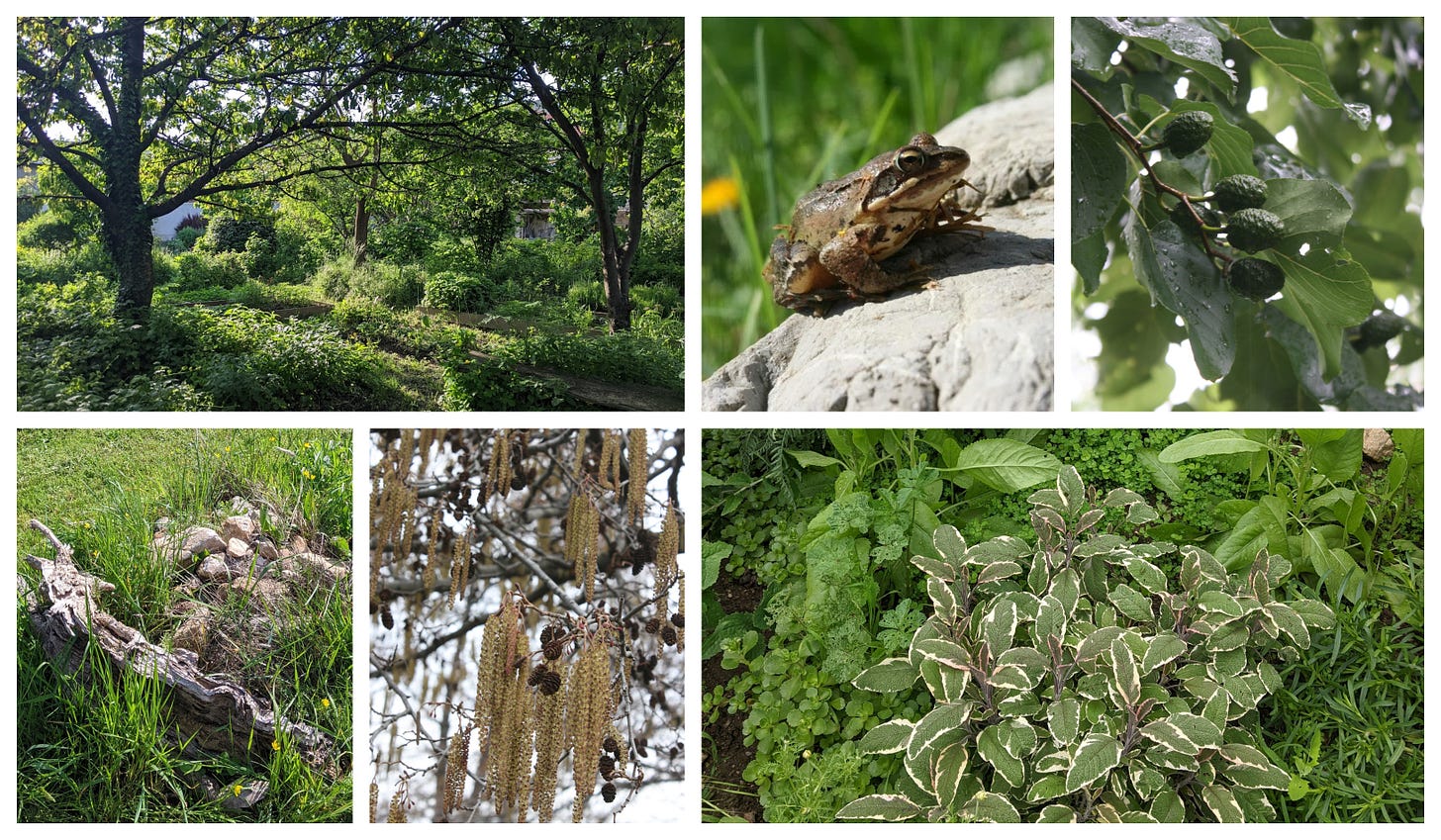
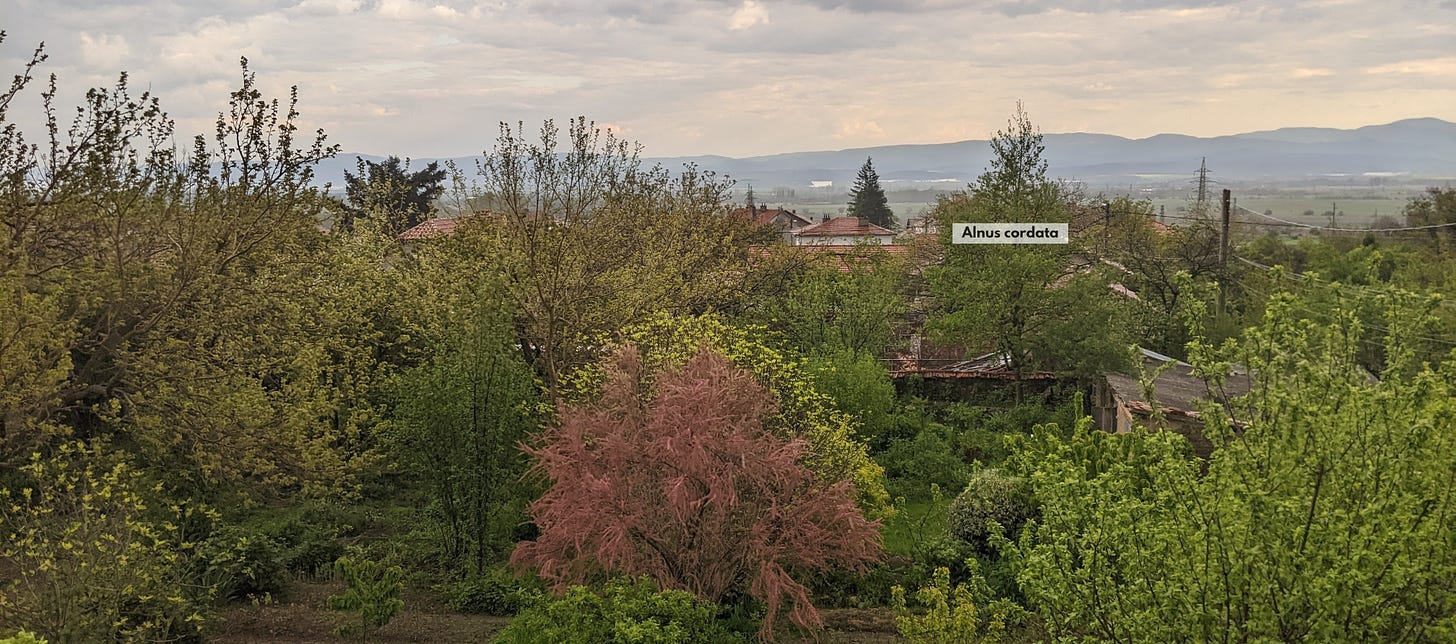
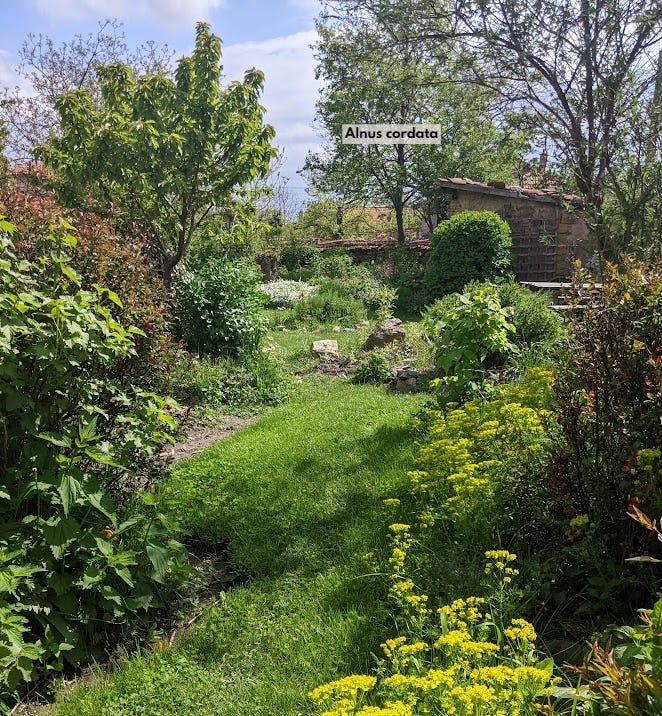
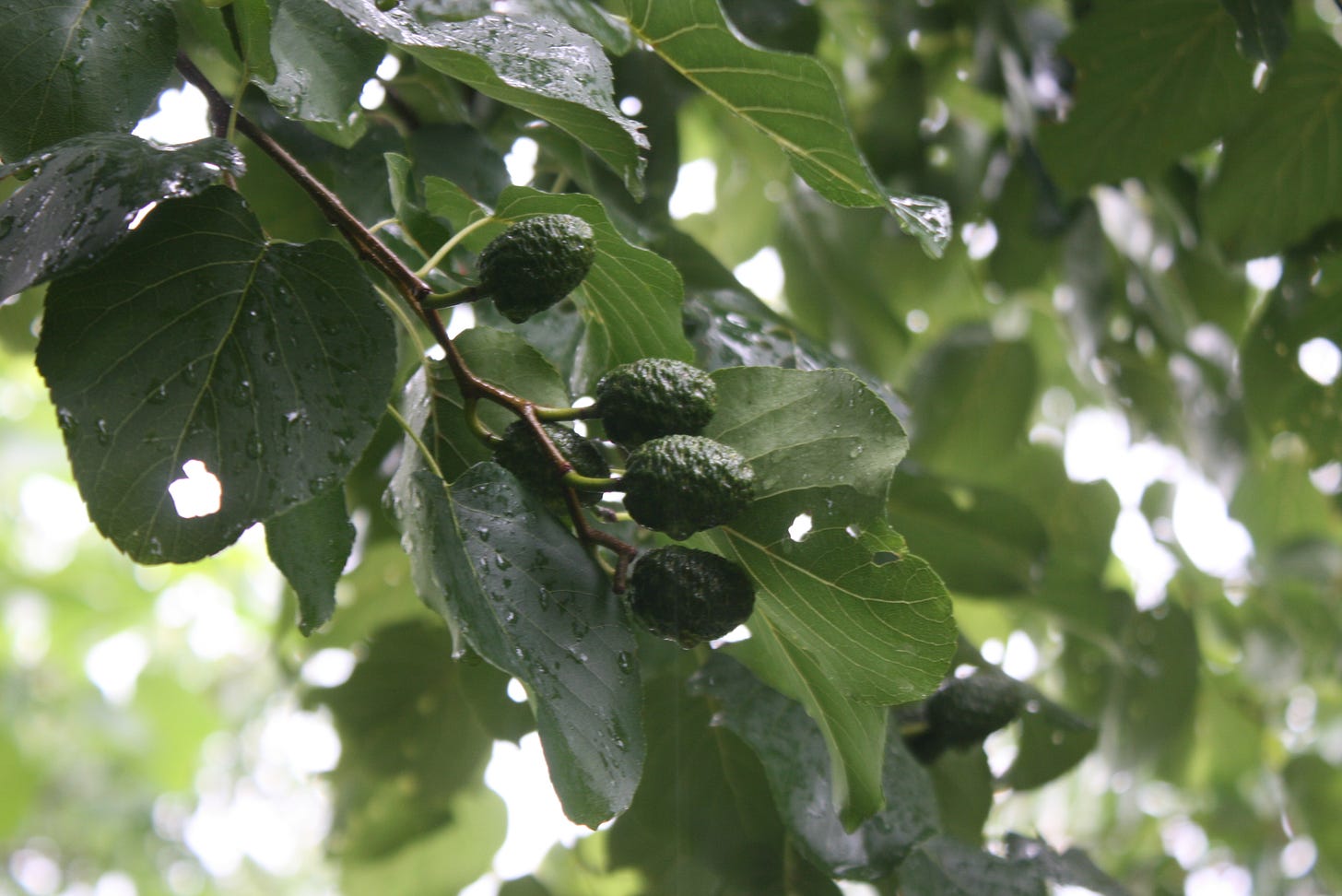
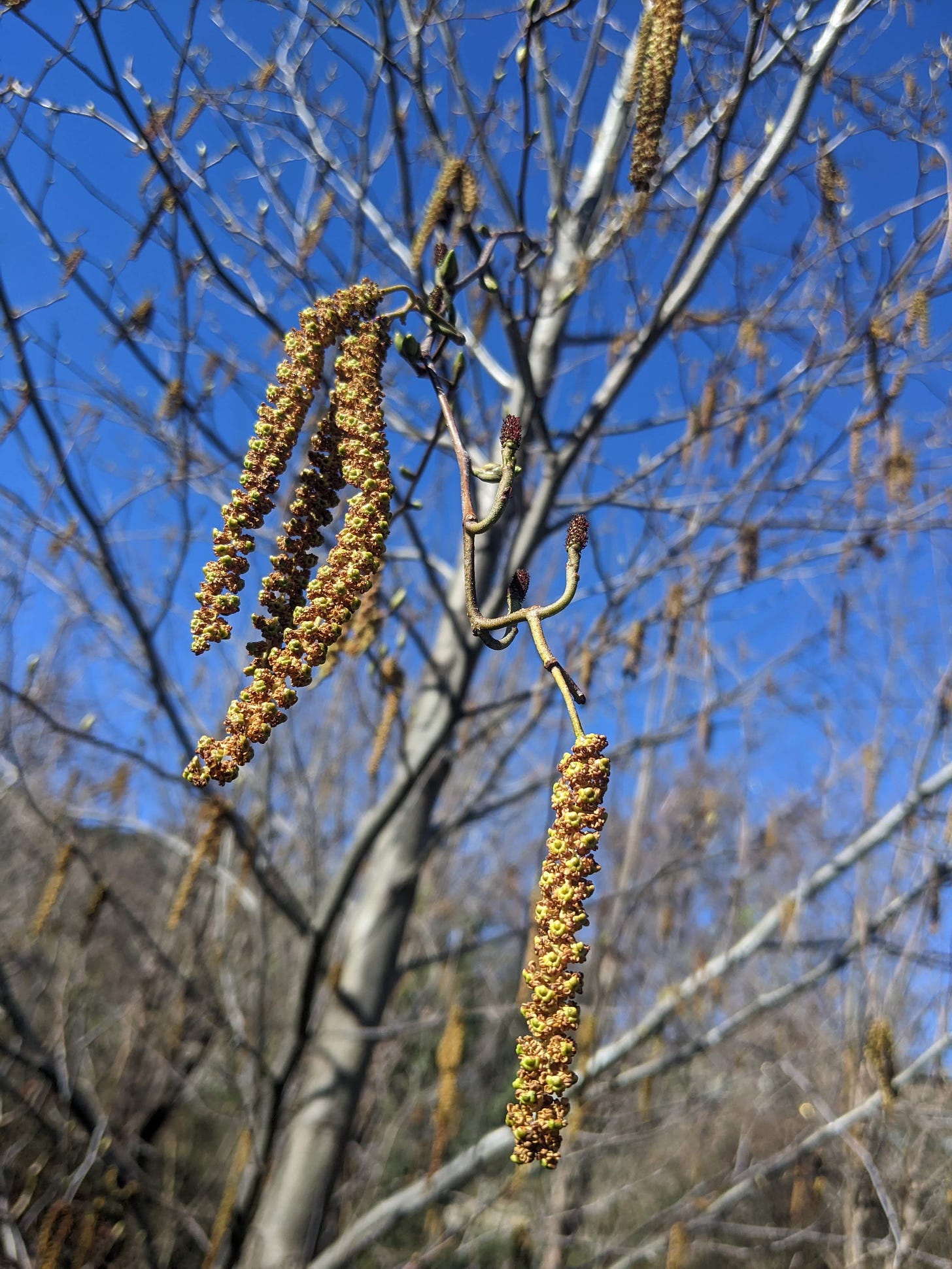
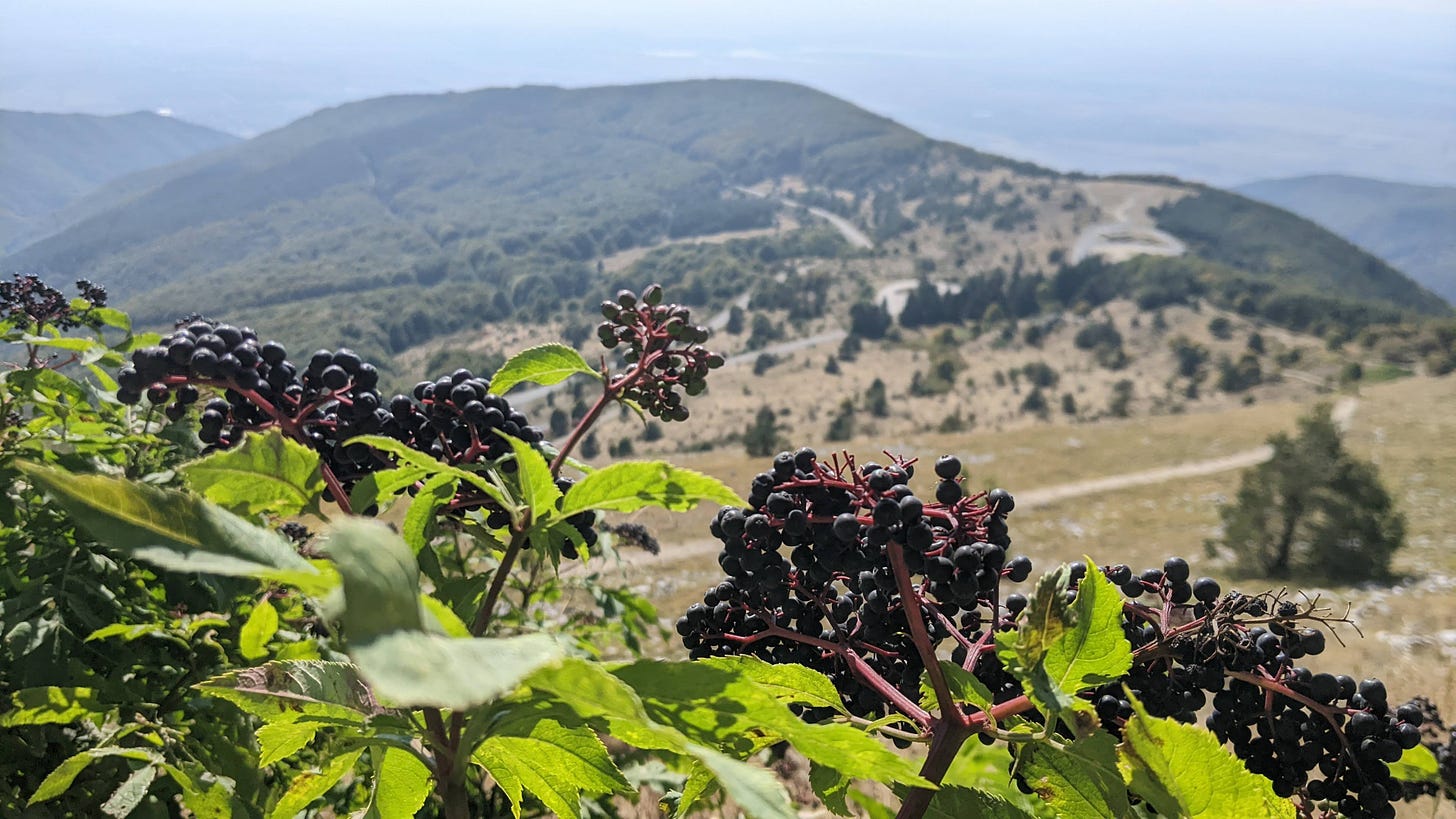

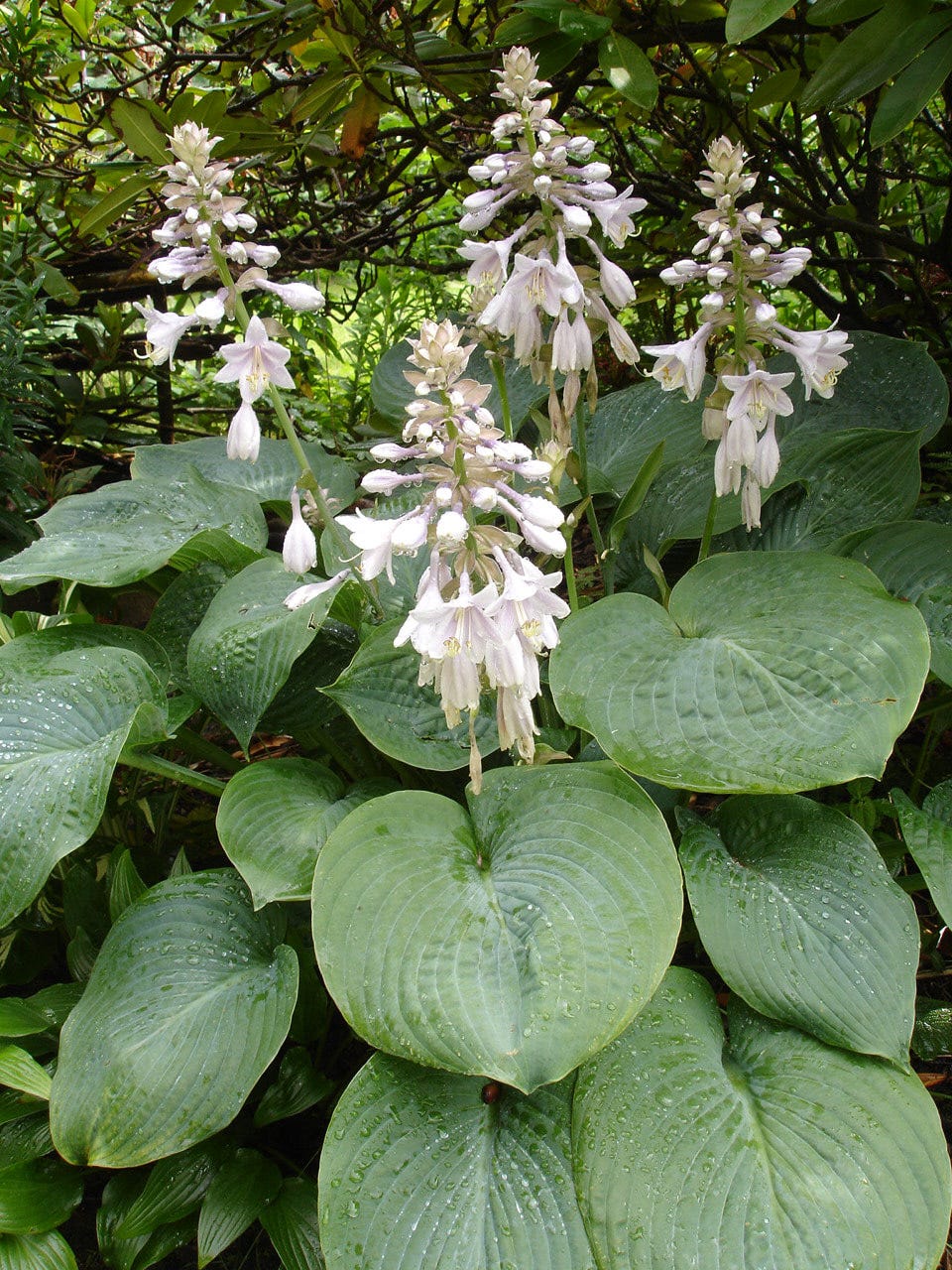
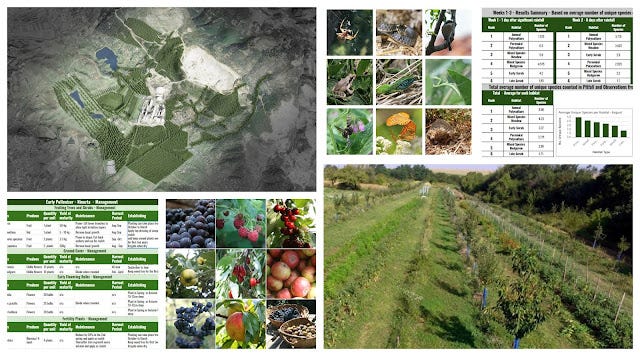
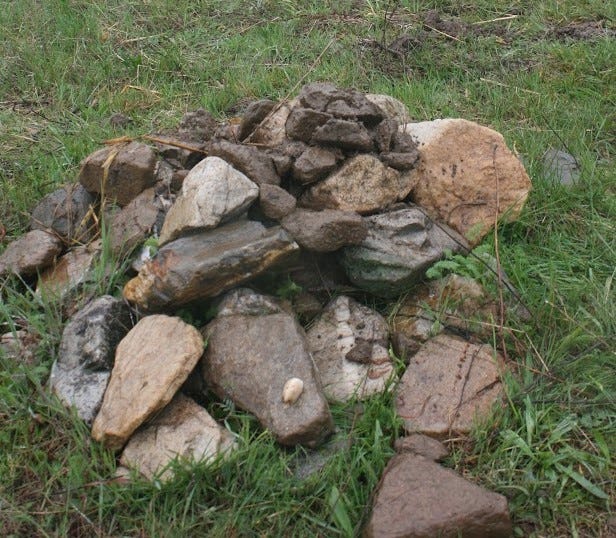
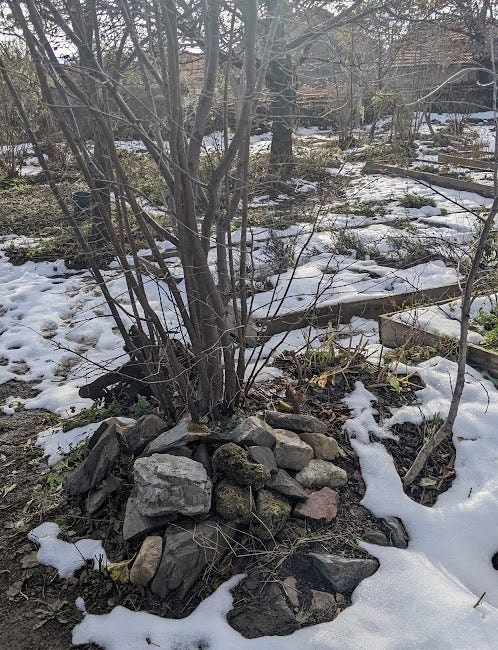
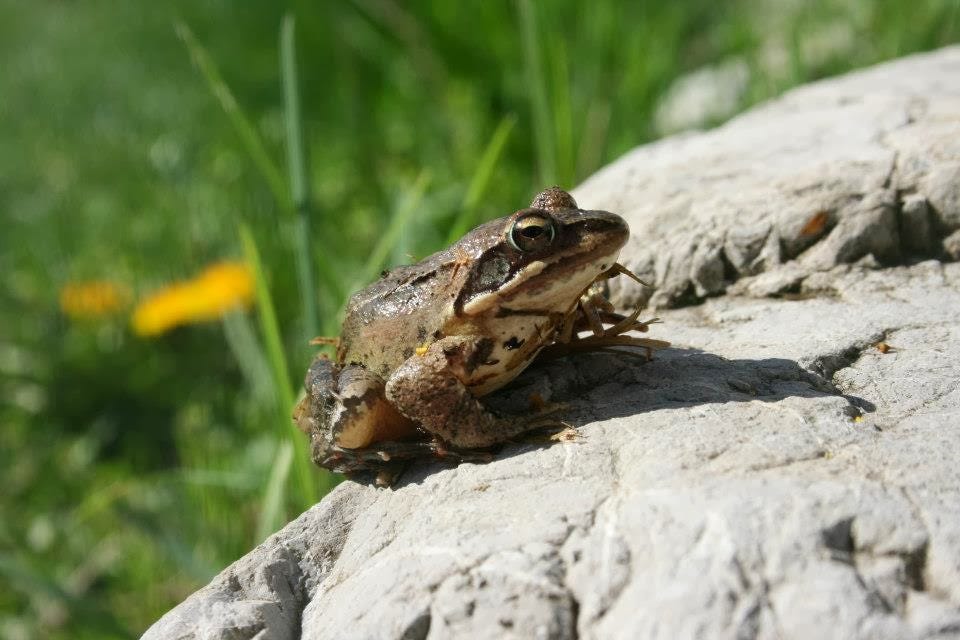
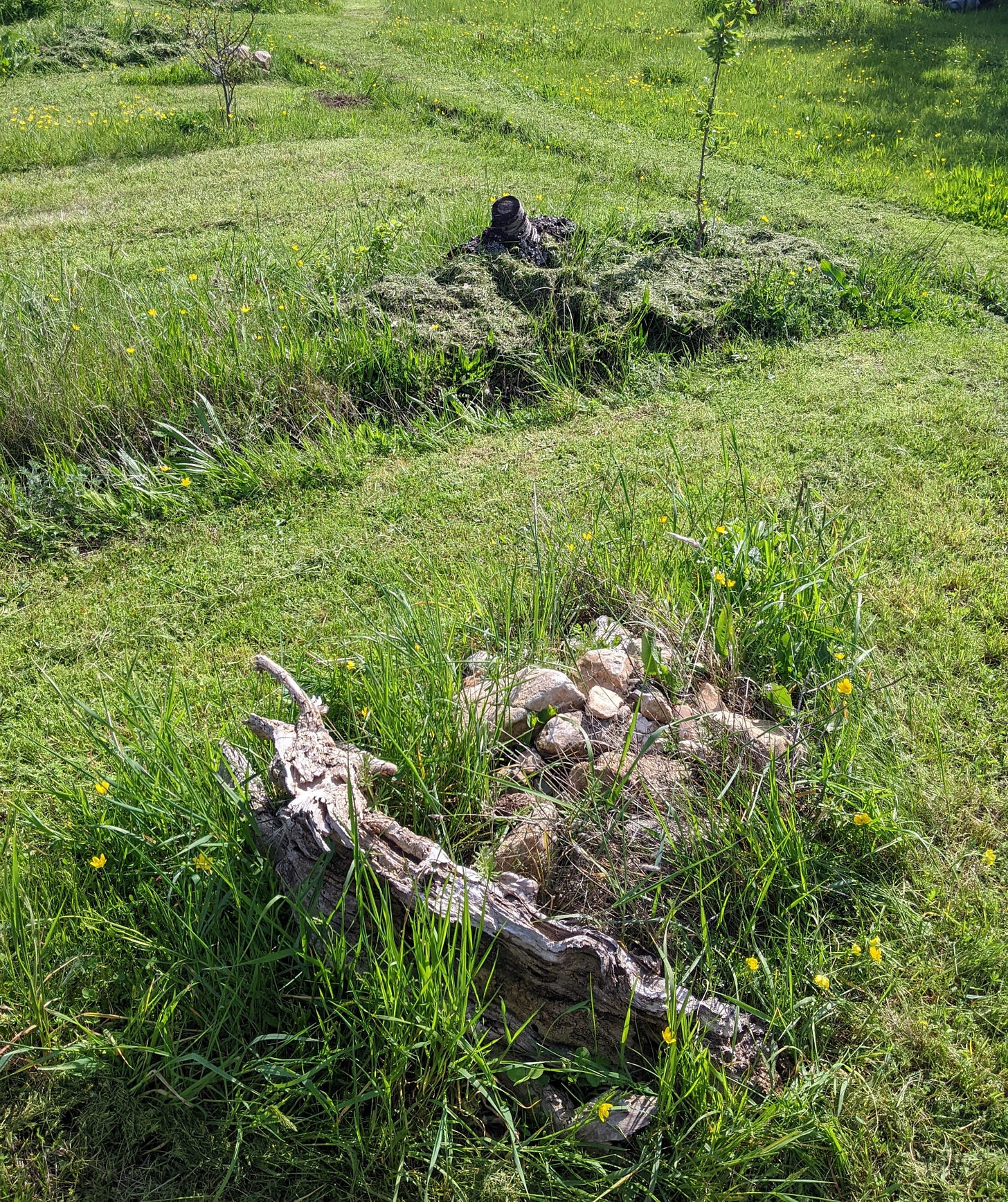

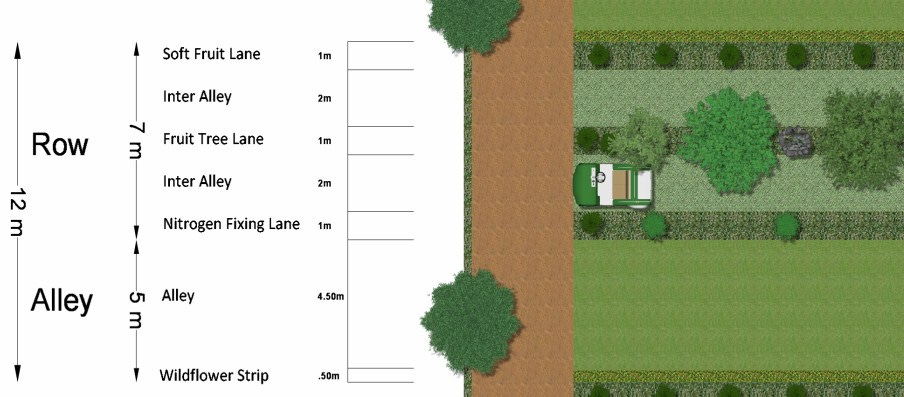
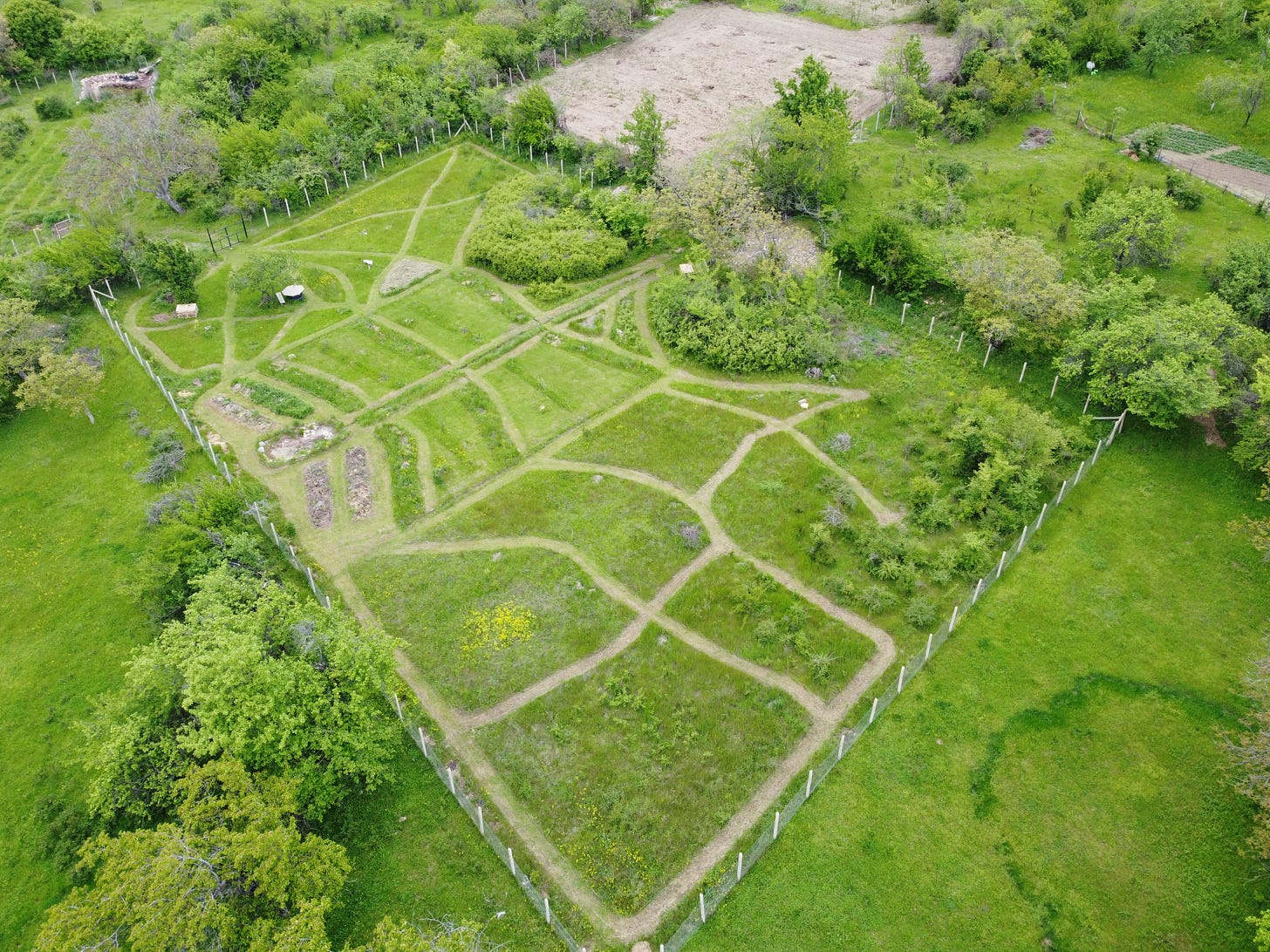
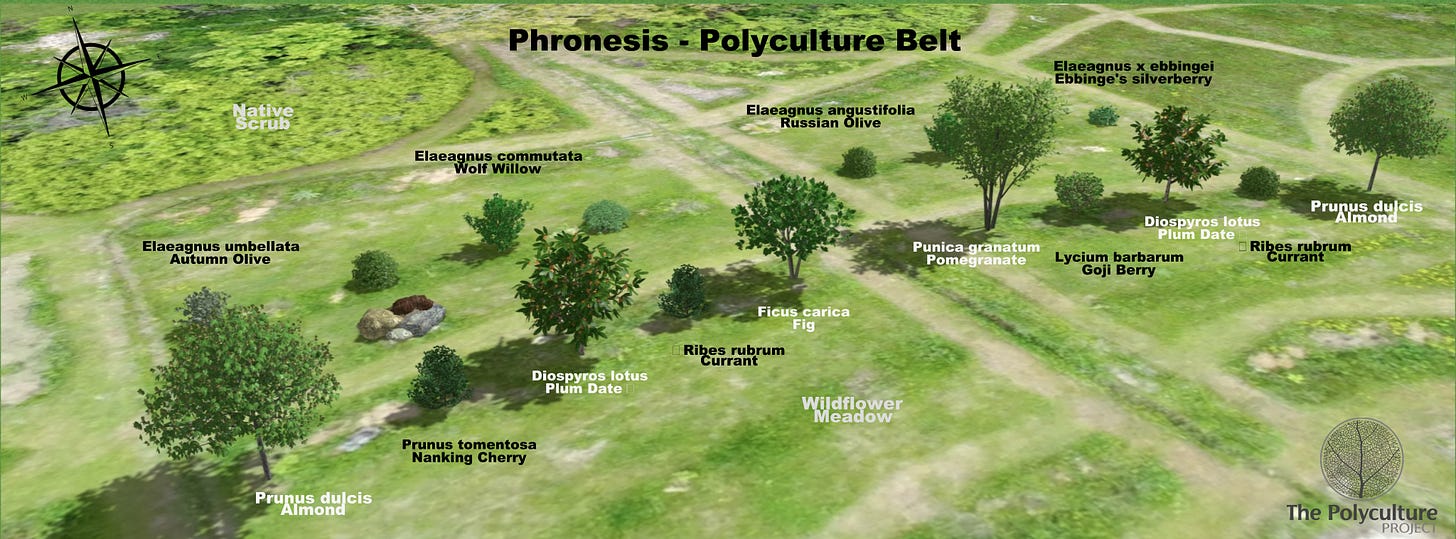
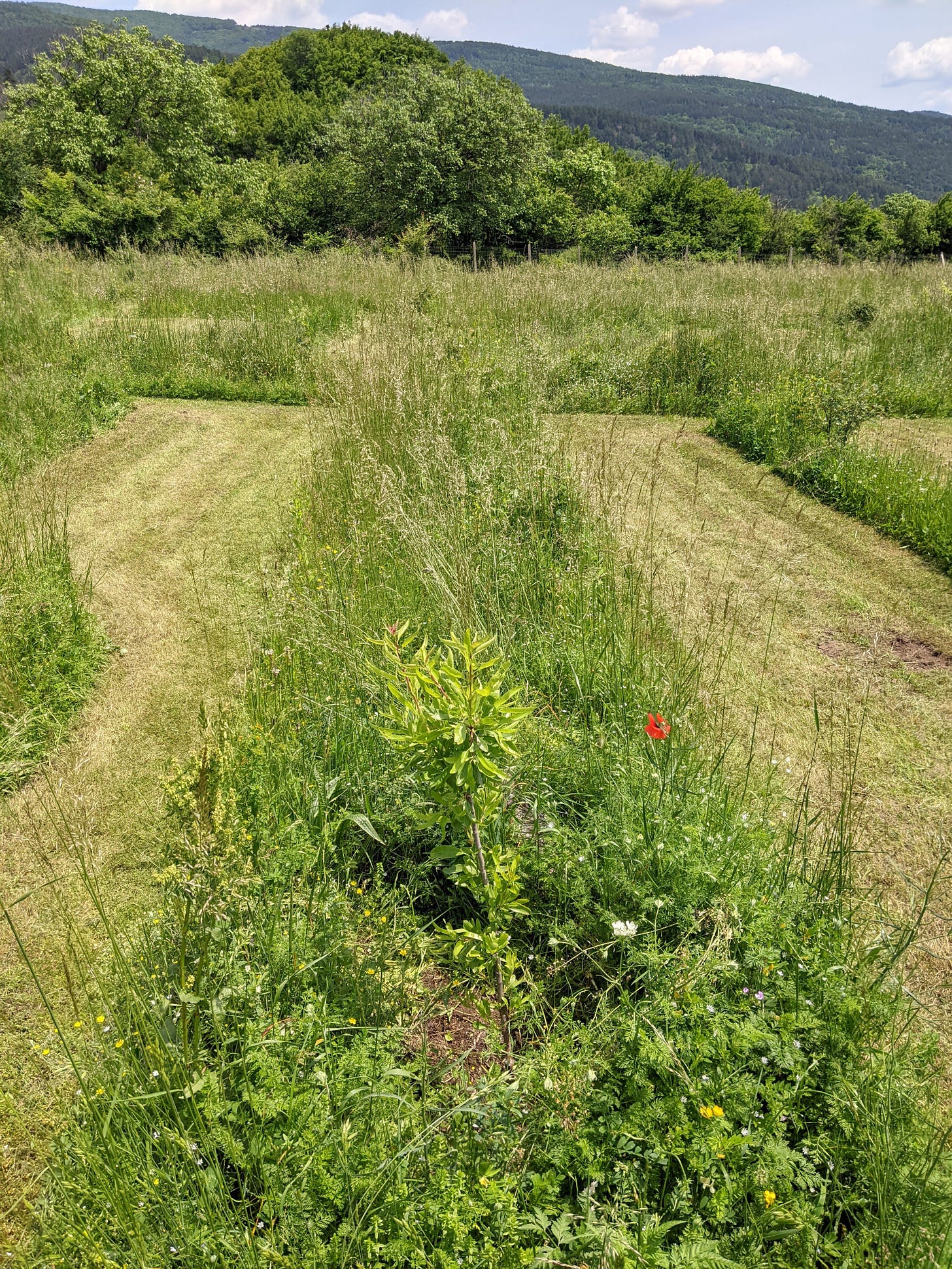
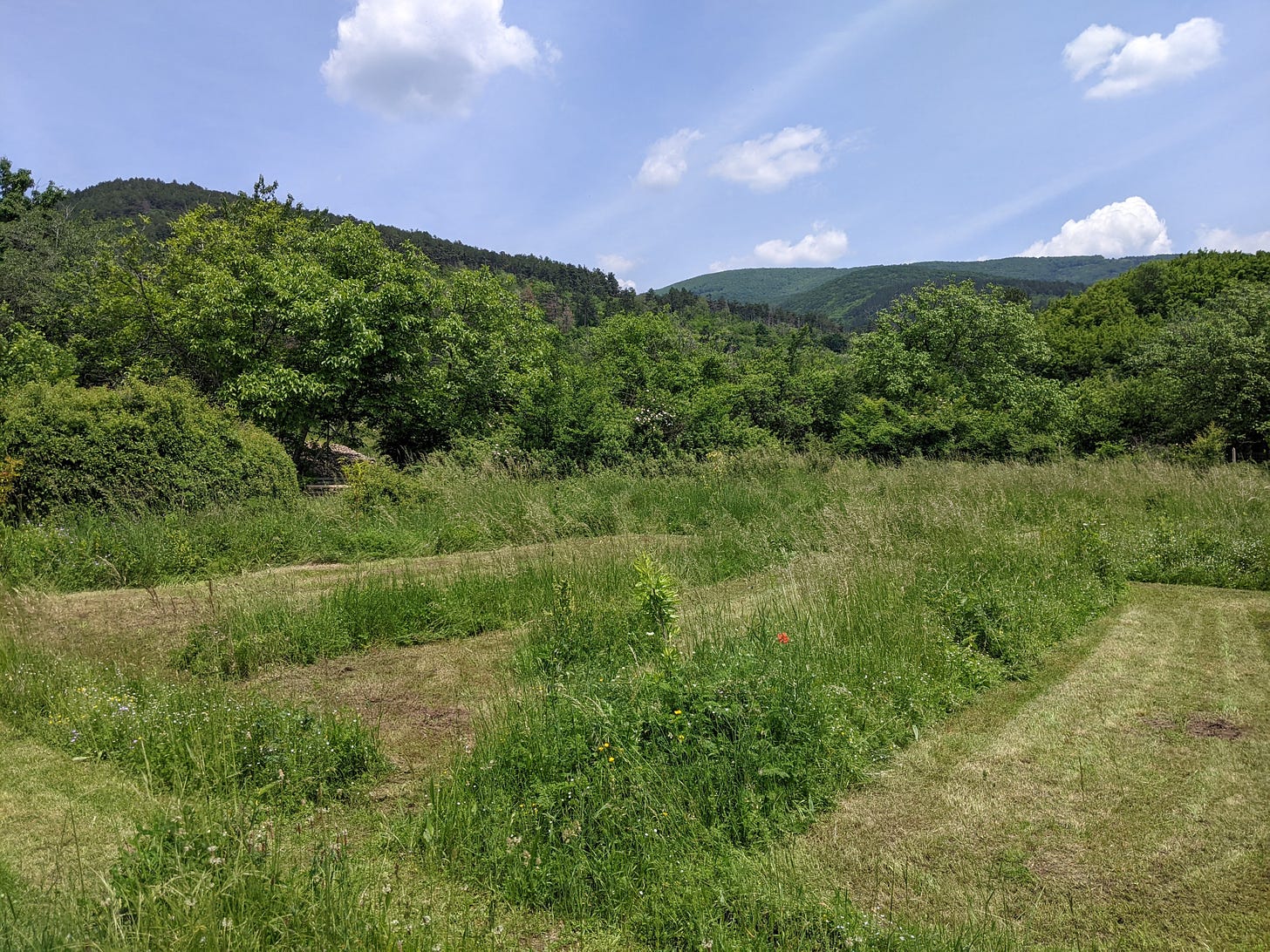
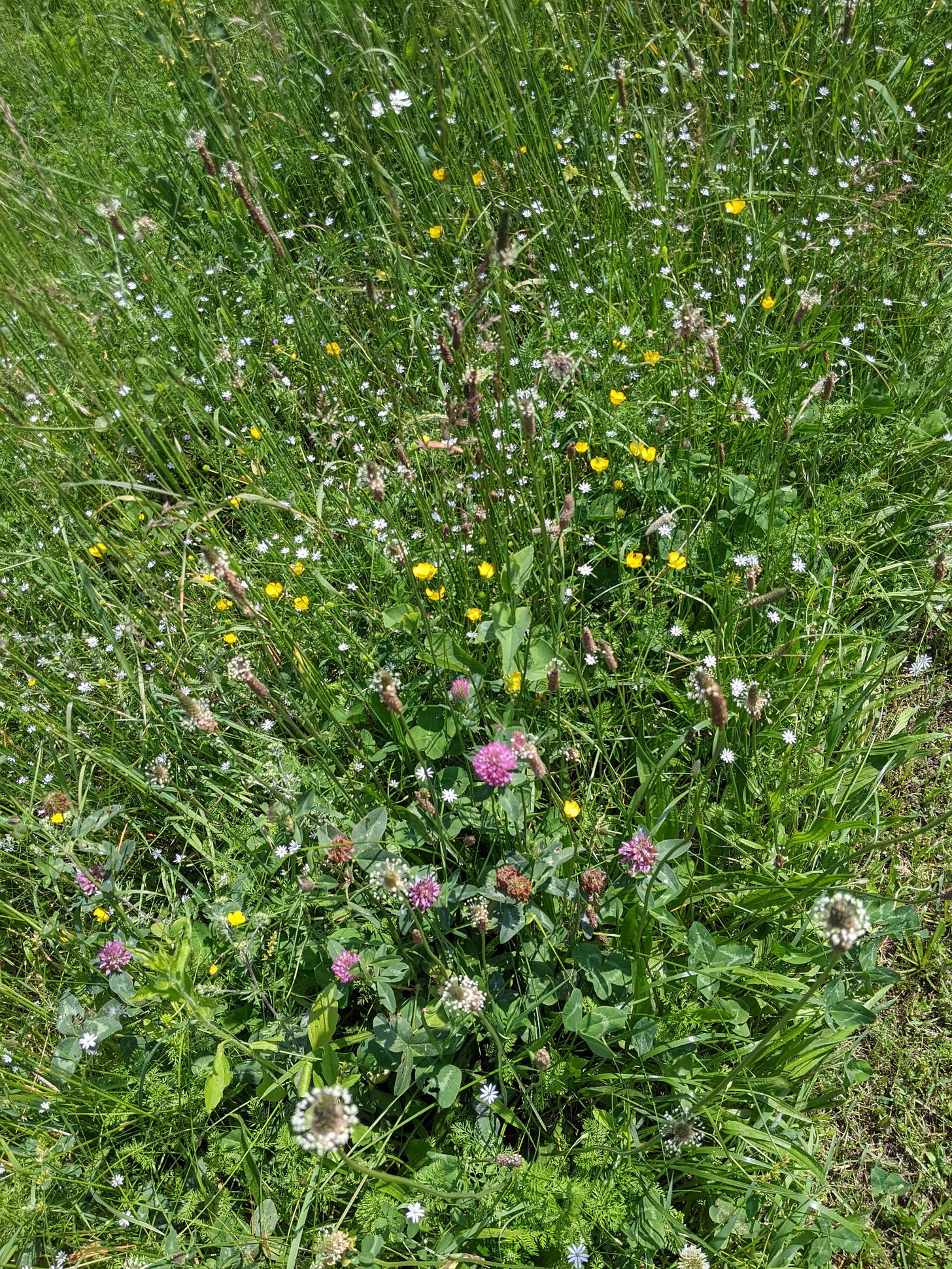

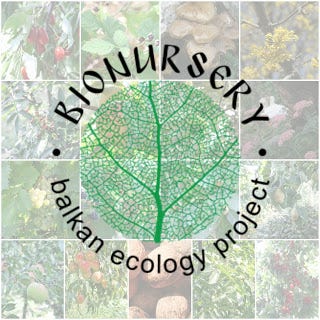
ReplyDeleteImpressed by Marion Landscape Construction’s landscaping expertise. They create stunning, functional gardens that make every home look incredible and inviting!
Landscaping